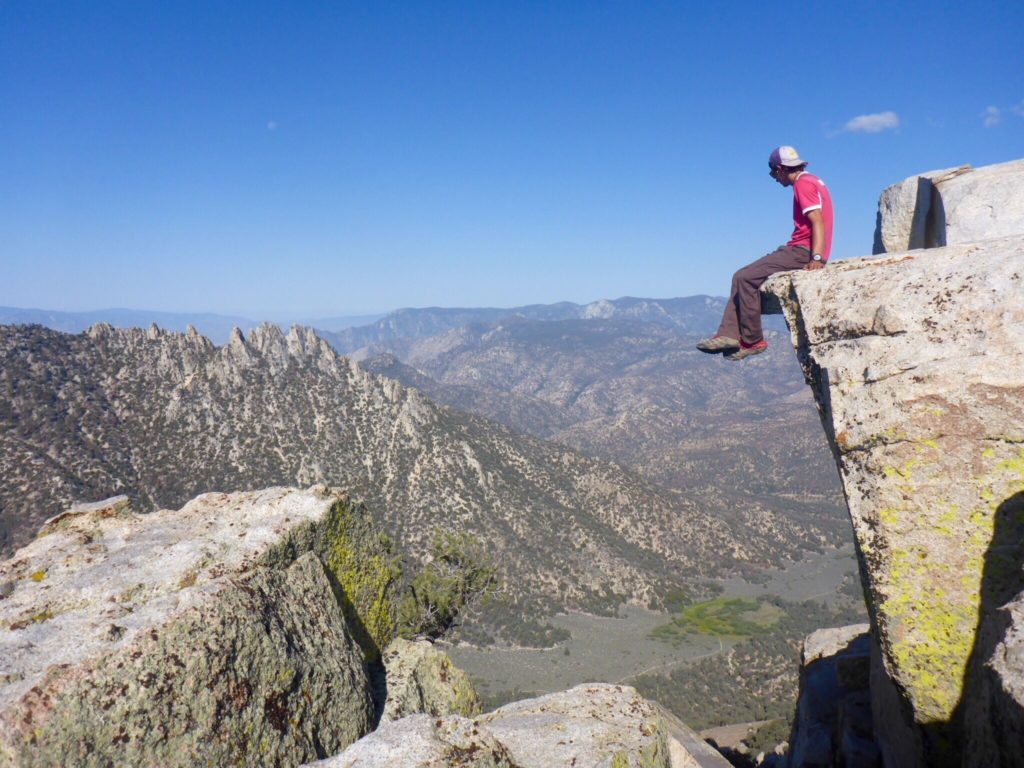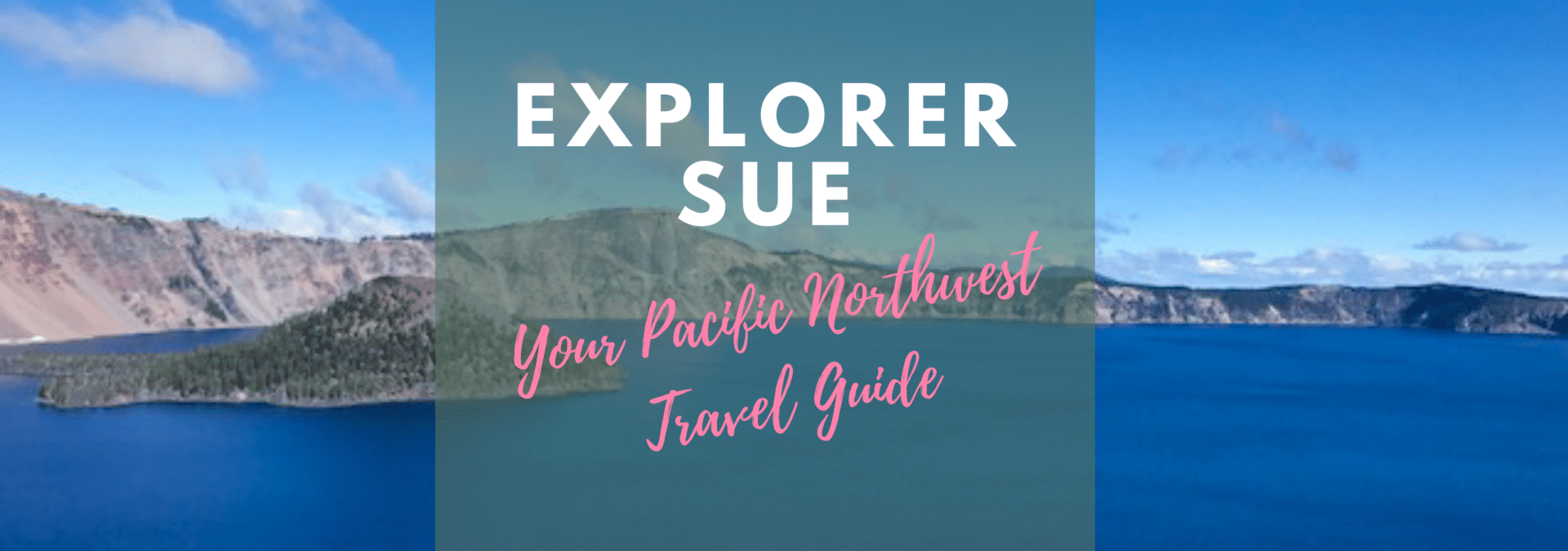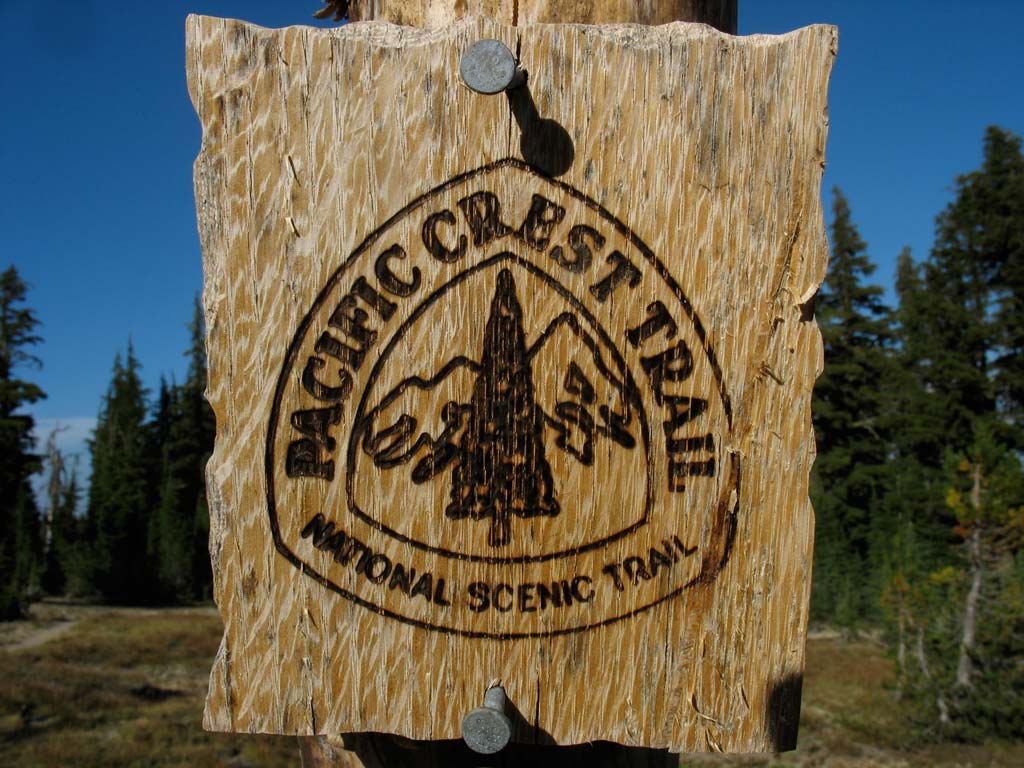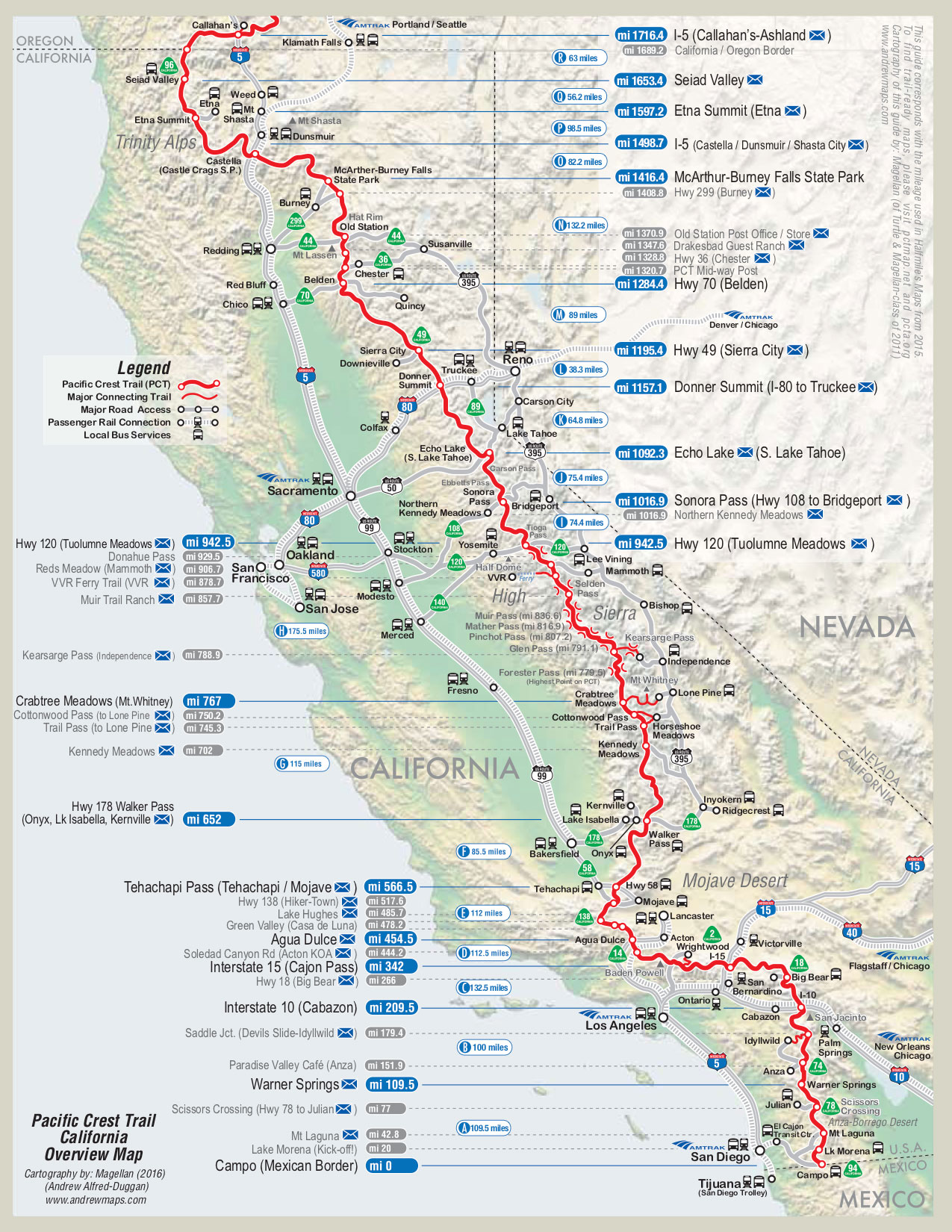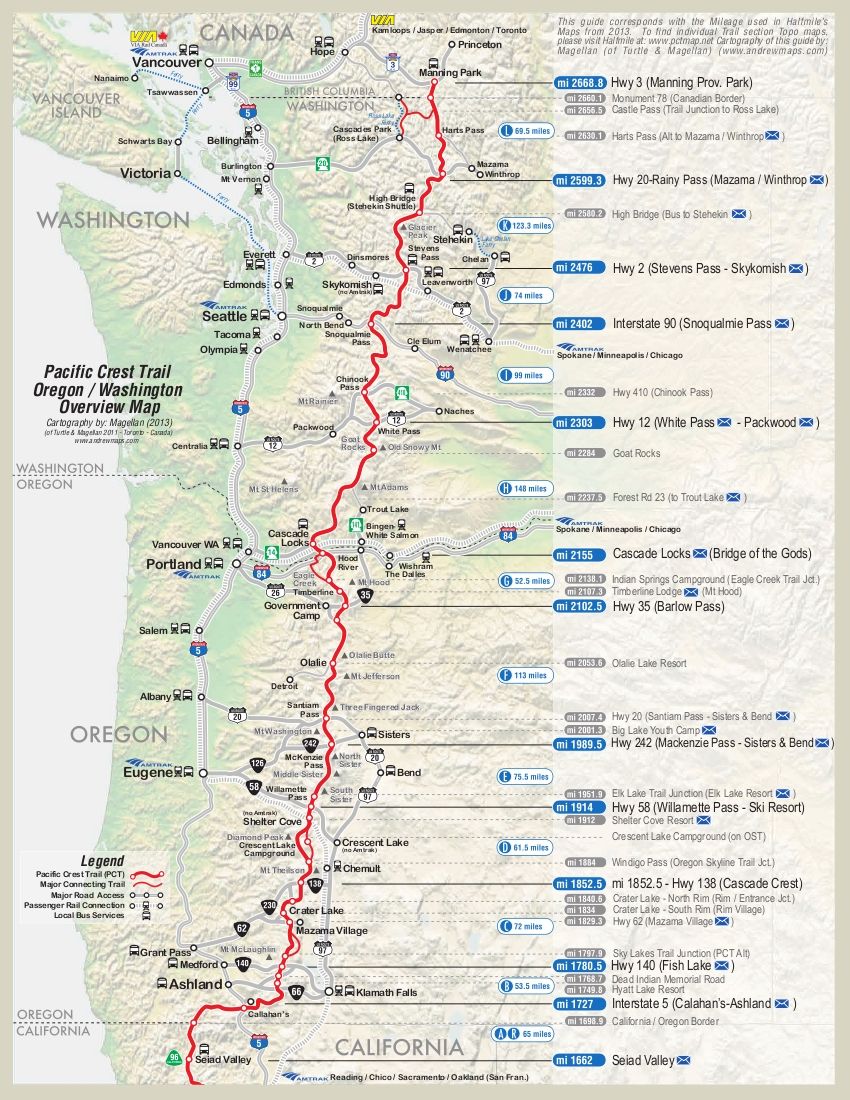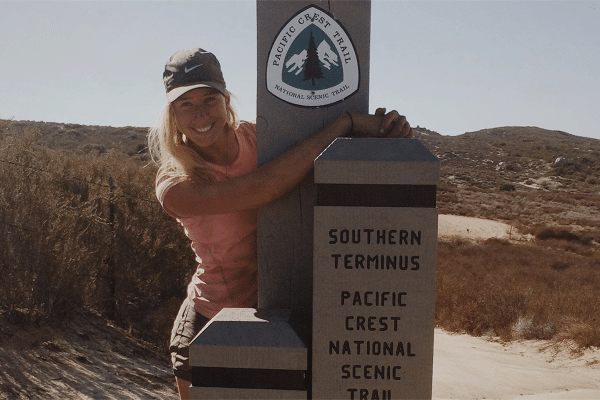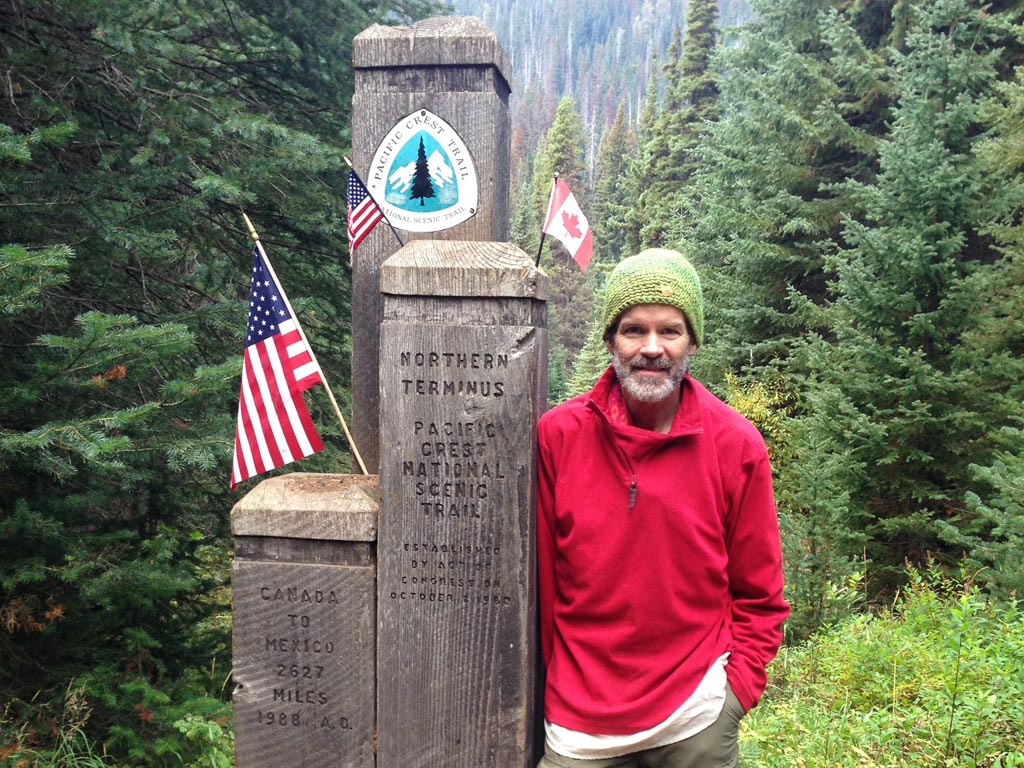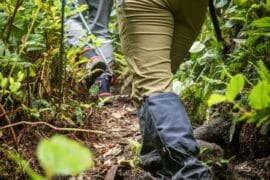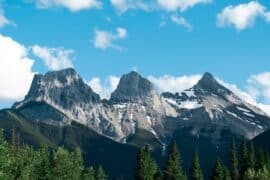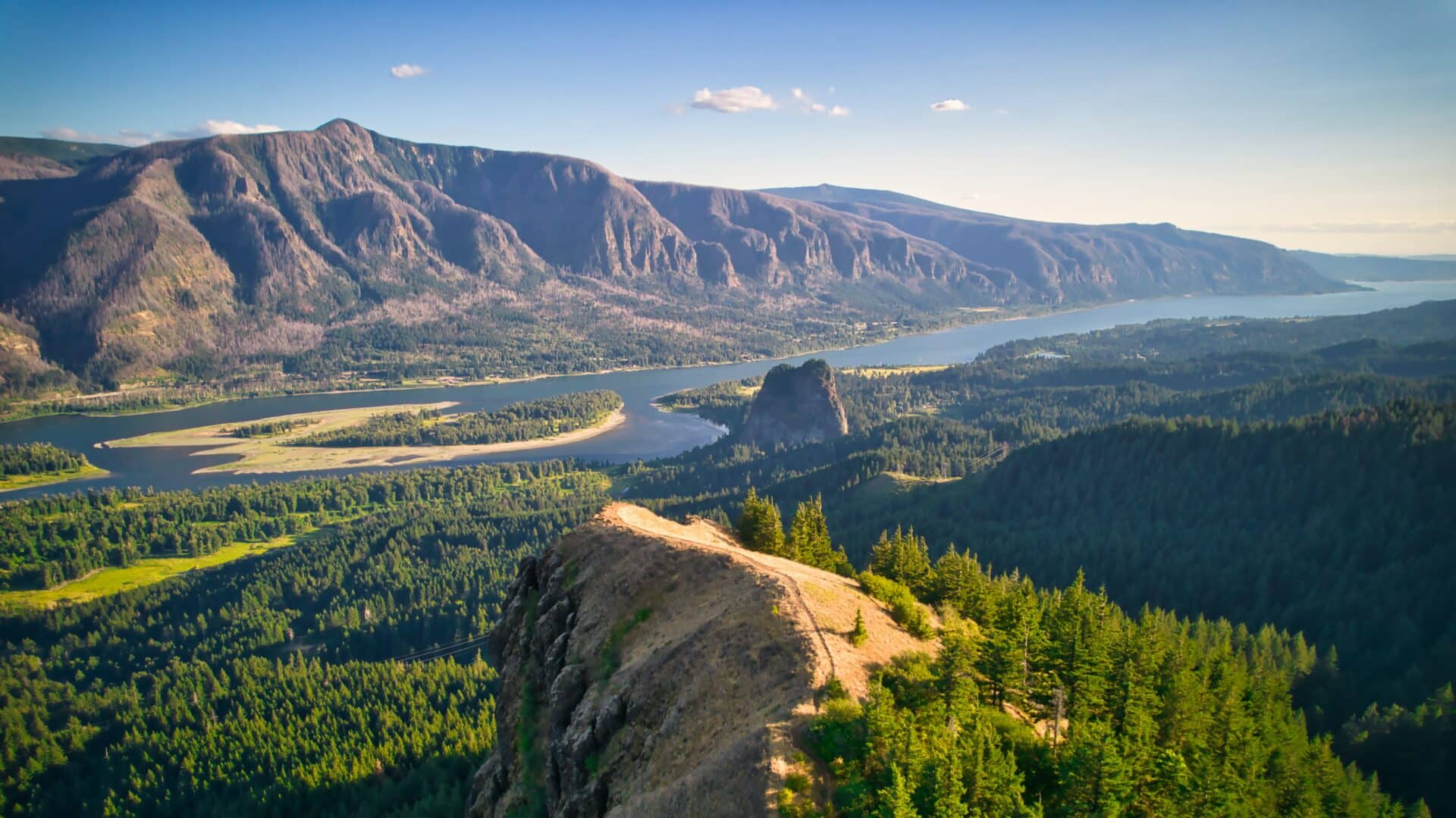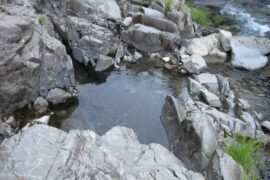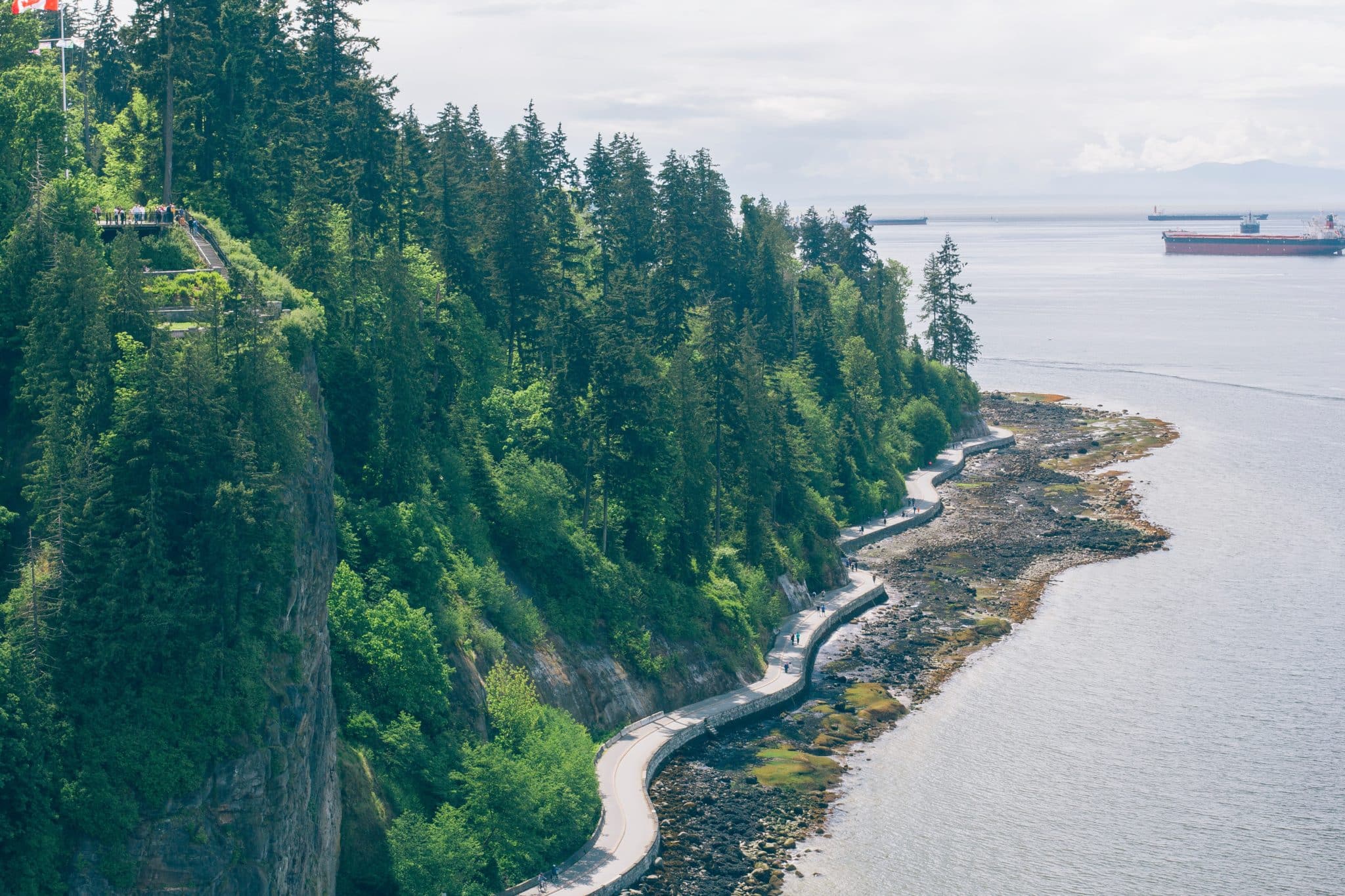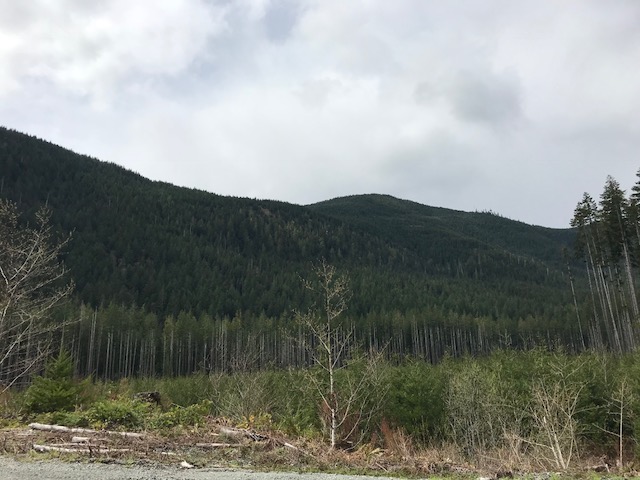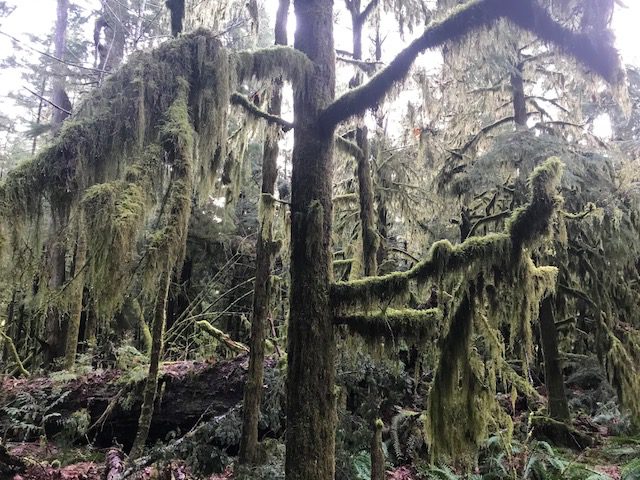The Pacific Crest Trail. It’s on every serious hiker’s to-do list. Mine included. I’m getting to a point in my life where, if I don’t do it within the next five years or so, well…hey, grannies can be thru-hikers, can’t they? Yes, they can. But I’m not that old.
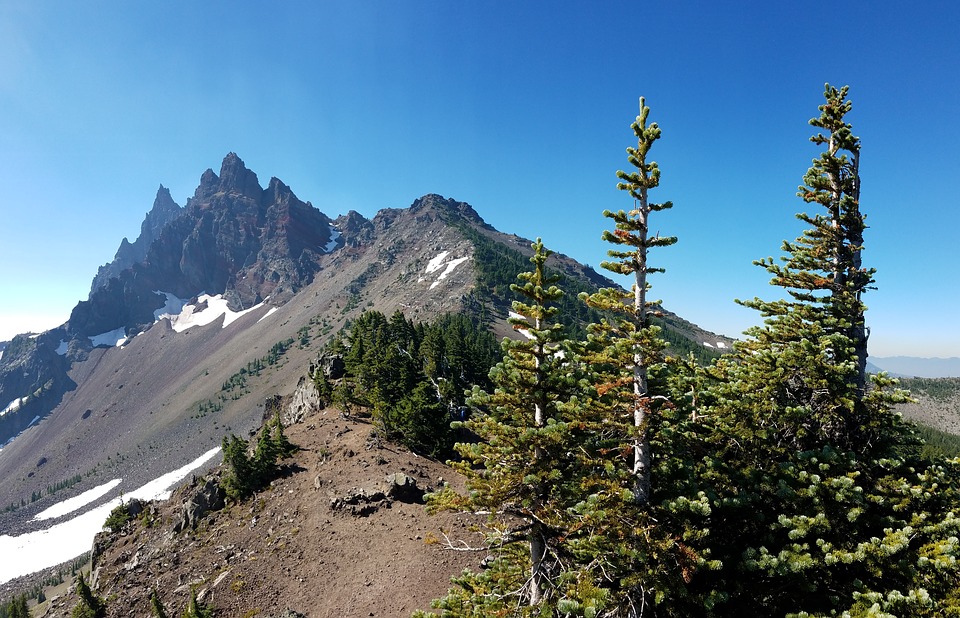
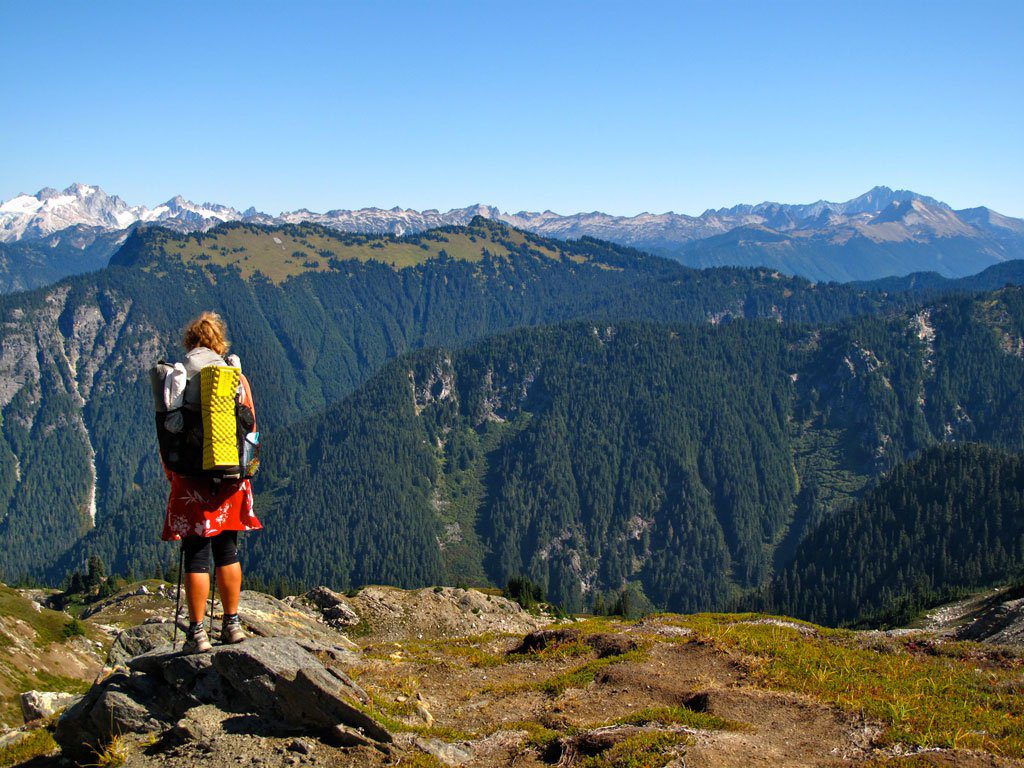
To walk the entire length from the Mexican Border near Campo, CA all the way up through Washington State and 12km into Manning Park, BC, Canada – now that’s a feat! The trail snakes through some of the nation’s most spectacular mountain and wilderness scenery, following the Sierra Nevada (mmm, did someone say beer?) and Cascade Mountain ranges.
The PCT passes through 25 national forests and seven national parks. To hike the entire trail at once takes many months of serious planning and about 5 months of hiking. For a thru-hiker, the usual daily grind of working a job and paying bills translates to coordinating supply pick-ups and pushing through the pain to your next camping destination for the night.
I’ve been on tiny sections of the PCT, such as Crater Lake and Timberline in Oregon, and Stevens Pass in Washington. If the weather is good, the PCT runs along the western rim of Crater Lake in Oregon. If the weather is not so good, the trail will detour several miles west of Crater Lake, taking you into lower elevation and better weather conditions.
I’ve searched the world wide web and have come up with some great blogs with resources on what the Pacific Crest Trail is all about, and how to prepare:
13 Important Facts about the PCT
21 Pro Tips for the First-Time Thru-Hiker
110 Things to Know Before Hiking the PCT
Things I Learned While Hiking the PCT
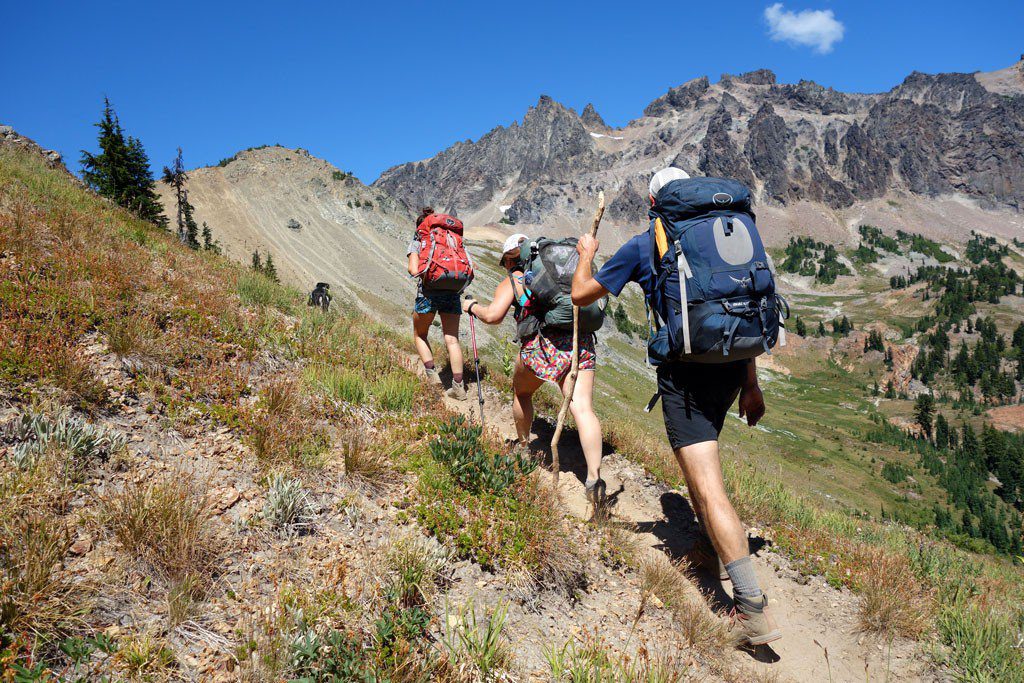
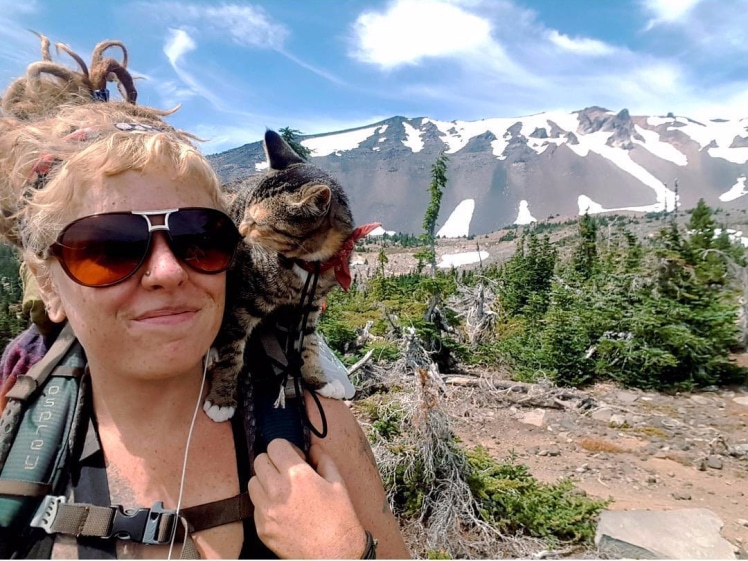
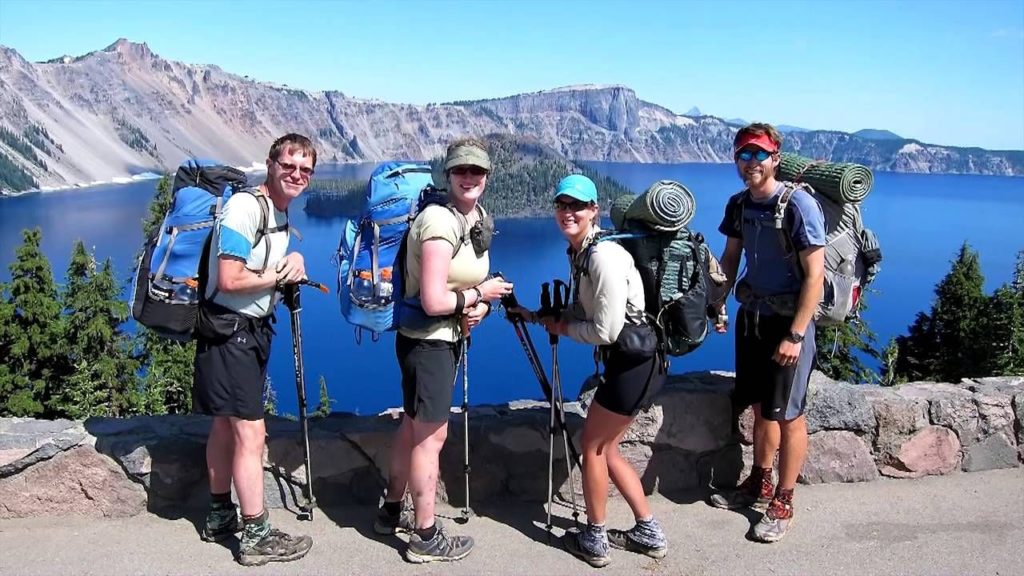
Plan Your Hike – Some Planning Resources
Pacific Crest Trail Hiking Tips and Tricks
- Train your body. Do lots of hiking around your area before tackling any long-distance hiking. Your body will thank you later.
- Using any sort of GPS to guide you on the hike will be useless out in the wilderness with no reception. Take plenty of old-fashioned paper maps, of which there are plenty available.
- Do your research beforehand. Know what to pack and how much. The PCT spans the full range of climates, from hot desert to temperate rainforest to mountain summit. The blogs and articles I’ve included above are a very good start.
- If you’ve done the Appalachian Trail, the PCT trail has fewer hikers, fewer places to fill up on supplies but the terrain is a little easier on the body, giving you the opportunity to hike more miles per day than the AT.
- Leave No Trace. Clean up after yourself, and if you will be camping on the trail overnight, pay close attention to when and where you can have campfires.
- Go with the flow. For multi-day or thru-hikers, things will hardly ever go as planned: the weather may not cooperate, you may need additional supplies, you may run out of money and/or time. Or heaven forbid, you get injured/sick.
The Pacific Coast Trail is meant to be enjoyed at your own pace. It’s not a race. It’s one of the many treasures that the United States has bestowed on the outdoor enthusiast. With careful planning, it will be one of the best experiences of your life.
